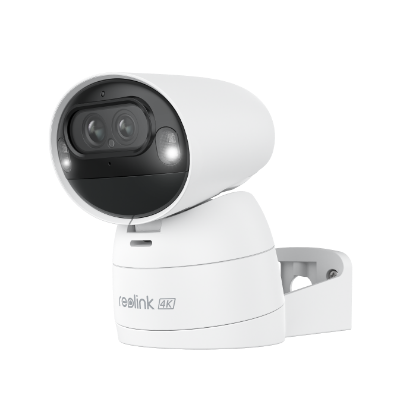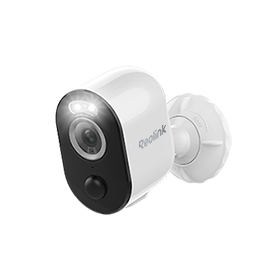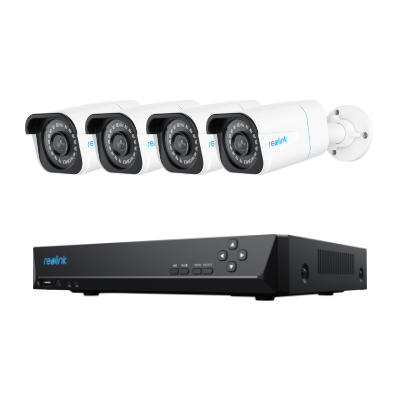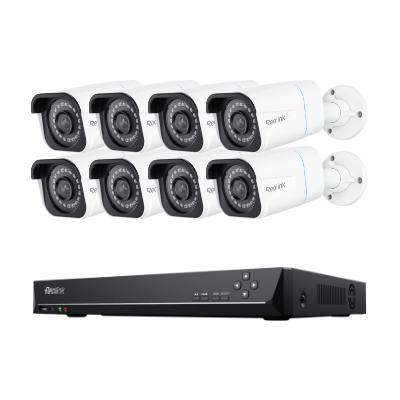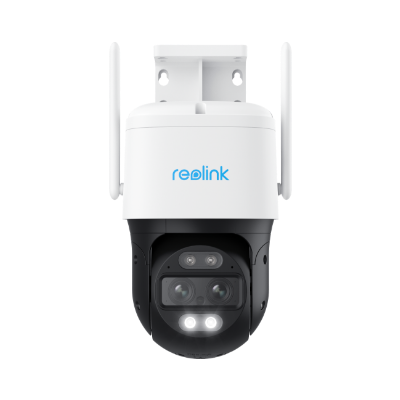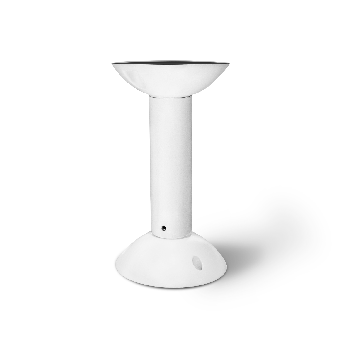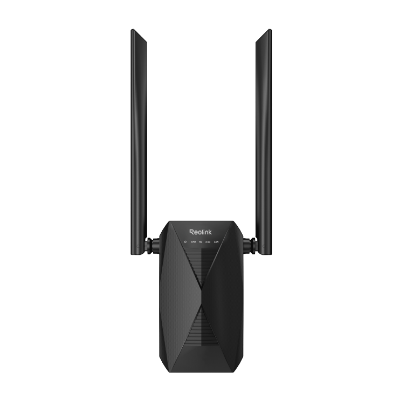The Ultimate Guide to Doorbell Voltage: Everything You Need to Know
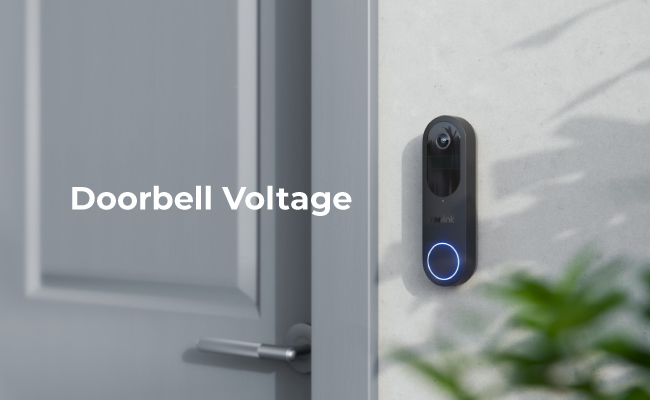
Before buying or installing a doorbell, you must be sure of the doorbell voltage. It’s necessary to match it to make the device work. If you provide more or less voltage, the device might get damaged.
In this article, we will discuss what doorbell voltage is. We will explain how you can check the doorbell voltage and fix common issues. We will also share the doorbell voltage of some famous brands to give you an idea and save time.
What is Doorbell Voltage?
The doorbell voltage is the potential difference between live and neutral wire that helps in flowing current in the doorbell circuit. The appropriate doorbell voltage is necessary for the device to work properly.
The common doorbell voltage of a wired doorbell is between 10-24V AC 50/60Hz, depending on the manufacturer. A transformer is used to lower the 110-120V to this range.
Wireless doorbells are either powered through a DC adapter or batteries. The adapter usually supplies 12V DC. If the doorbell is powered through Alkaline batteries, which are usually AA or AAA, the voltage is 1.5V per battery. Three batteries will have a total voltage of 4.5V or two will have 3V.
How to Check Doorbell Voltage?
To check the doorbell voltage, you will need a multimeter or voltmeter. If you have one, carefully follow the steps below.
- Insert the probes of the multimeter and turn it on.
- Turn off the power of the doorbell for safety. The wires of the doorbell or terminals should be exposed to measure it.
- Set the multimeter to the voltage range you need to measure. Place the probes at the ends of the terminals.
- Turn on the supply and note the voltage on the multimeter.
Common Doorbell Voltage Issues
Let’s look at the common doorbell voltage issues and their symptoms to find the fault easily.
Low Voltage Doorbell Problems
Low voltage at the doorbell terminals won’t allow the doorbell to work properly. You will hear a weak chime sound or no sound at all.
The probable reason for this issue is a faulty transformer. It might not be stepping down the voltage properly. To ensure the transformer is working properly, you can check the terminal voltage of the transformer.
Other reasons could be long wires that offer too much resistance and decrease the voltage. The connections to the chime could be loose. There is also a possibility of damaged chime components.
High Voltage Doorbell Problems
If your doorbell is receiving more voltage than expected, it will burn out. It will overheat the device and damage it completely. So, if you see any burning signs, it means the voltage is high.
The first reason could be using the wrong transformer. If you have just installed the transformer and checked the doorbell, but it burnt before ringing, it indicates the transformer is wrong. You can check the transformer voltage using a multimeter.
Change the transformer and install the one that offers the required voltage. Moreover, there can also be issues with wiring or short circuits, so make sure to check it before changing the transformer.
Voltage Requirements for Popular Smart Doorbells
Reolink Doorbell Voltage
A wired Reolink doorbell can be installed to your existing chime wiring. It supports 12-24V AC 50/60 Hz or 24V DC.
If you are using a wireless doorbell, you just need to connect it with the given power adapter.
Reolink video doorbells are quite easy to install. You can choose a Wi-Fi or PoE doorbell according to your preference. They record video in 2K+ resolution for exceptional clarity. They also have person detection, real-time alerts, night vision, and a lot more.
Smart 5MP Video Doorbell with Chime
5MP Super HD Day & Night, Person Detection, 2.4/5 GHz Dual-Band WiFi, 180° Diagonal Viewing Angle, Two-Way Audio, Rich Notification.
Ring Doorbell Voltage
Ring offers different types of smart doorbells that have distinct voltage requirements.
Ring Video Doorbell Wired needs 8 to 24V AC 50/60Hz. The Pro and Pro 2 doorbells require 16 to 24V AC 50/60Hz. You can also find a battery-powered doorbell that needs 8 to 24V AC 50/60Hz.
SimpliSafe Doorbell Voltage
SimpliSafe video doorbells require 8-24V AC 50/60Hz. They can go with your existing wiring or transformer.
Nutone Doorbell Voltage
Nutone doorbells can operate between 10V to 24V AC. However, the compatible transformers offer an ideal voltage of 16V AC.
FAQs
1. How to find doorbell transformer voltage?
You can find transformer voltage using a multimeter. Connect the primary windings to the supply and keep the secondary wires open. Turn off the supply, set your multimeters to AC volts, and touch the probes on the terminals. Turn on the power and note the secondary voltage. Beware, the primary voltage is dangerous, so keep yourself away from its terminals.
2. Is a doorbell 12v AC or DC?
Usually, the doorbells used in the US are 12V AC. They are powered by a transformer. However, some doorbells are also powered through an adapter, so they work on DC.
3. Is it safe to touch doorbell wires?
Doorbells operate at low voltage, so it is generally safe to touch them. However, you should not do it. Turn off the power supply in the first place before connecting wires.
Conclusion
For the optimal working of your doorbell, you need to provide the appropriate voltage. You can check the voltage at the terminals using a multimeter. Follow the steps in the article and make sure to turn off the supply. If the voltage is low or high, the doorbell won’t work. We have shared the symptoms of these issues and how to fix them. For your ease, we have also discussed the doorbell voltage of some famous brands to give you a quick idea of the voltage requirements.
If you have other problems with doorbell voltage, please comment below!
Search
Subscribe for the Latest Updates
Security insights & offers right into your inbox








































